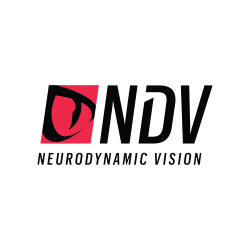Sport Technology: Toys vs Tools
Derek Panchuk, July 16, 2019, See Full Article
One of the unique facets of high-performance sport is the prevalence of technology. Yes, I know, technology isn’t used exclusively in high performance – there are plenty of coaches and practitioners working in the pathway and at the grassroots level who use technology (e.g., Coach’s Eye is an app I’ve seen many coaches use). There’s also no shortage of companies who are developing technology to appeal to the ‘masses’ as well.
High-performance sport is unique, however, in the sense that they have the resources that enable access to technology that most organizations don’t or access to multiple technologies where most organizations would not. They also have access to human resources and knowledge that most community organizations would not. If you can afford it and get people to run it, why wouldn’t you buy the best technology out there? Especially if there’s a chance it could help players improve.
My problem with the influx of technology in high-performance sport is twofold: 1) snake oil – where there’s money to be made, there’s going to be to people looking to take advantage of the system, and 2) toys vs tools – poor implementation leading to expensive investments that collect dust or, worse yet, actually hinder performance. Now I’m not some Luddite. Quite the opposite. I really like technology and think it can have a positive impact if used correctly. I just don’t think most organizations have a real strong sense of how to use technology to support development.
It’s hard to keep up with all the latest developments and fads and see through slick marketing and salespeople. One way that I could see sport scientists and academics helping separate the signal from the noise and make a positive contribution is: A schematic diagram of the Modified Perceptual Training Framework
- validating the most popular emerging technologies
- providing frameworks to guide decision making
Sporting organizations need to get involved by asking the right questions and possibly investing in good support. Shiny New Things While I’ve got a real issue with people shilling junk, there are great products out there that could help with improving performance. Where things fall down with good technology is in the implementation – rather than investing in tools and making sure they work effectively, teams often just amass toys that are impressive but don’t really contribute to growth.
Apparently this isn’t unusual particularly in professional sport – there is a real copycat culture and teams will follow fads and trends without much consideration. I for one don’t think that many teams have the right personnel to support the use of technology for development purposes (e.g., biomechanists, skill acquisition specialists) and, until that happens, and we start to see the positive impacts of technology there will always be those who are critical of the place it plays in many sports (and rightly so).
Ultimately, technology can be a really useful tool for augmenting the learning environment and support player growth. Problems arise when we don’t consider what the best tool is for the job or how to use technology in a principled way. Spending time thinking about how you’ll implement technology and building learning concepts into it’s use will help make sure that your tech tools are doing what they should.




Comments